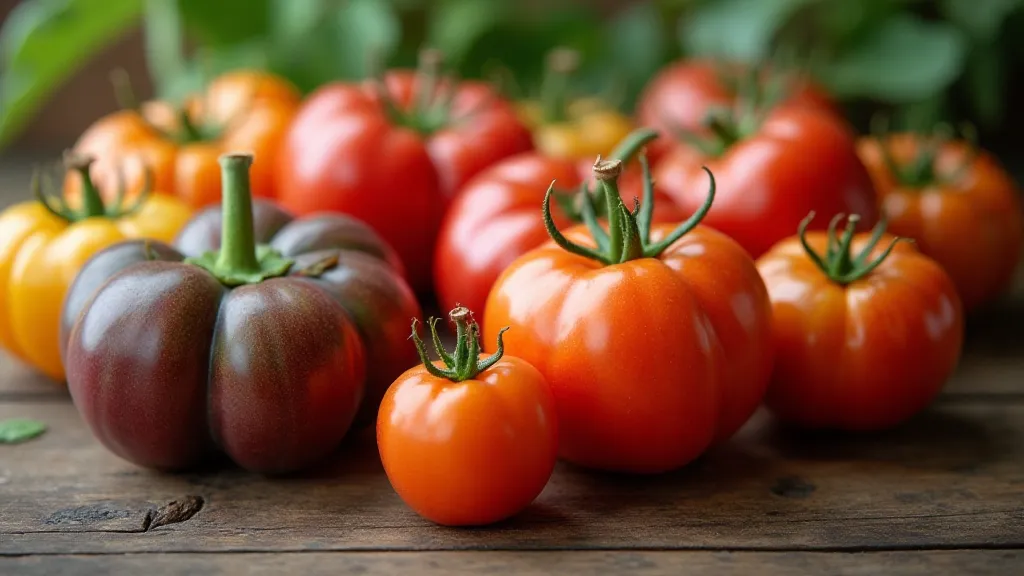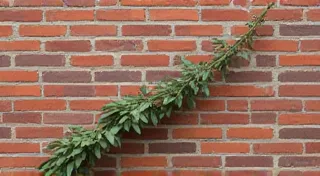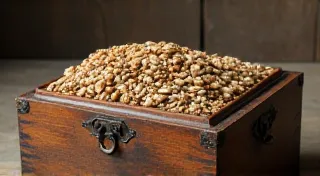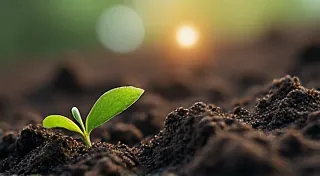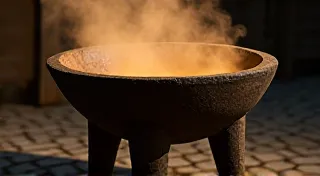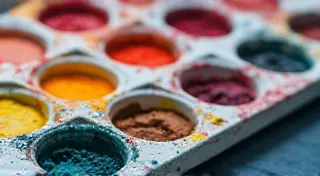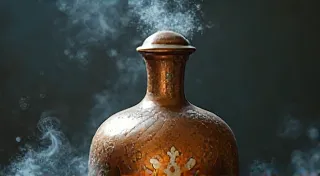The Gardener's Ledger: Calculating Costs and Maximizing Returns in Container Tomato Cultivation
There’s a certain melancholy beauty to things that have stood the test of time – a patina of history clinging to every imperfection. Think of an antique accordion, its bellows worn and slightly leaky, its keys yellowed with age. It hasn't just produced music; it’s witnessed generations, celebrations, and sorrows. It tells a story, and its value isn’t solely measured in dollars and cents, but in the echoes of those shared moments. Growing heirloom tomatoes in containers feels a little like that, doesn’t it? It’s about more than just food; it’s about connecting with the past, with the slow, deliberate process of cultivation, and understanding the true cost of what we consume.
My grandfather, a man of quiet diligence and calloused hands, always grew tomatoes. Not the uniform, perfectly spherical globes you find in supermarkets, but a riot of shapes and colors – Cherokee Purples, Brandywine Pinks, Green Zebras. He wouldn’t talk much about the "economics" of it, but I understood, watching him tend his garden, that there was a different kind of return, a deeper satisfaction, in nurturing something from seed to fruition. That feeling is what fuels this exploration into the pragmatic side of container tomato growing, especially when focusing on heirloom tomato varieties – these resilient, flavorful treasures that demand a little extra care and a considered approach.
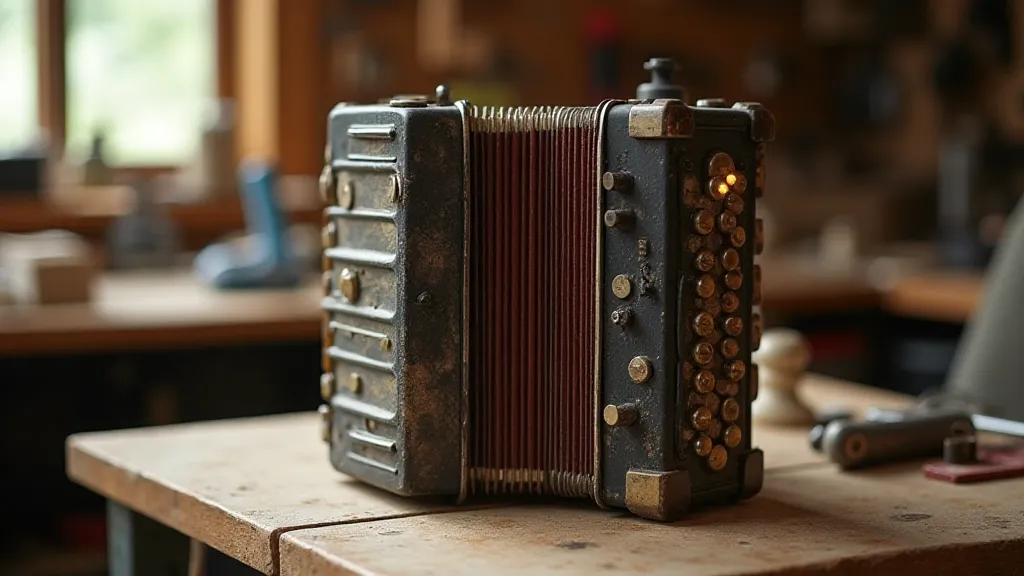
The Initial Investment: Seeds, Soil, and Containers
Let's tackle the upfront costs. Forget the romantic notion of a spontaneous, whimsical garden. We're gardeners with ledgers now. Seeds are relatively inexpensive, particularly if you opt for open-pollinated heirloom varieties, allowing you to save seeds year after year. A single packet of seeds for a particularly beloved heirloom like 'Black Krim' might set you back $3-5. Soil is a more significant expense. Avoid using garden soil in containers; it compacts and doesn't provide adequate drainage. A high-quality potting mix, specifically formulated for vegetables, is essential. A large bag (30-40 liters) can easily cost $15-25 and will likely be sufficient for several containers. Don't skimp here; it's the foundation of your tomato's health.
Then there are the containers themselves. Plastic pots are the most budget-friendly option, ranging from $5-$15 depending on size. Terra cotta pots are aesthetically pleasing but more expensive and prone to drying out faster. For heirloom tomato varieties, which tend to be more vigorous, you'll need containers that are at least 15-20 gallons. Consider fabric grow bags as an alternative; they offer excellent drainage and aeration. This is where you can truly see how the craftsmanship of the container itself can influence the overall health and productivity of your plants. A poorly constructed pot might mean stunted roots and diminished yields.
Ongoing Expenses: Water, Fertilizer, and Pest Control
The recurring expenses are just as vital to calculate. Water is probably the most obvious. The amount will vary wildly depending on your climate and watering habits. Consider installing a rain barrel to collect water, dramatically reducing your water bill (and demonstrating a commitment to sustainable practices). Fertilizer is crucial for container-grown tomatoes, as nutrients leach out quickly. Organic fertilizers, like compost tea or fish emulsion, are excellent choices, but can be more expensive than synthetic alternatives. A 5-gallon bucket of organic fertilizer might cost $20-30 and will last a season or two.
Pest and disease control is another factor. While heirloom varieties are often more disease-resistant than their hybrid counterparts, they're not immune. Organic pest control methods, like neem oil or insecticidal soap, are safer for the environment and your health, but can be slightly more expensive than synthetic pesticides. Remember, prevention is key. Healthy soil, good airflow, and proper watering practices can significantly reduce the risk of pest and disease problems.
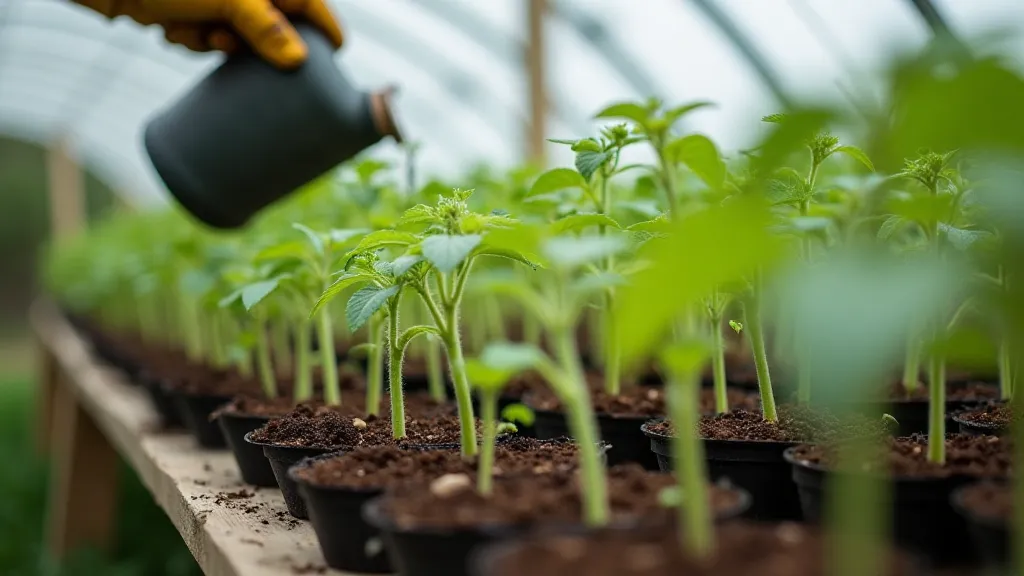
Calculating Yields and Maximizing Returns
Now, let's talk about the payoff. Heirloom tomatoes are prized for their flavor and unique characteristics, allowing you to command a premium price if you're selling them at a farmer's market or through a CSA (Community Supported Agriculture) program. A single 'Cherokee Purple' tomato can easily fetch $5-8, while rarer varieties might go for even more. The yield per plant varies considerably depending on the variety, growing conditions, and your skill as a gardener. However, a well-cared-for heirloom tomato plant in a large container can realistically produce 10-20 pounds of tomatoes over the season.
Maximizing returns isn't just about growing a lot of tomatoes; it's about minimizing waste. Learn to preserve your harvest through canning, freezing, or drying. Tomato sauce, salsa, and sun-dried tomatoes are all excellent ways to extend the life of your bounty. Consider selling seedlings in the spring. Many gardeners are eager to grow their own heirloom varieties but lack the space or time to start from seed. This is a simple way to recoup some of your initial investment and share the joy of heirloom gardening with others.
The Intrinsic Value: More Than Just Dollars and Cents
Ultimately, the economics of container tomato growing are just one aspect of the equation. There's an intrinsic value in nurturing something beautiful and delicious from seed to harvest, in connecting with the history and heritage of heirloom varieties, and in experiencing the satisfaction of providing healthy, flavorful food for yourself and your community. The careful restoration of an antique accordion might not always be financially profitable, but the ability to coax its melodies back to life is a reward in itself. Similarly, the labor and expense of growing heirloom tomatoes in containers represent an investment in something more valuable than just a paycheck – it’s an investment in connection, history, and the simple pleasures of a well-tended garden.
There's a quiet elegance in understanding the true cost of the food we consume, and a profound sense of accomplishment in producing it ourselves. That, in the end, is the most rewarding return on investment of all.
